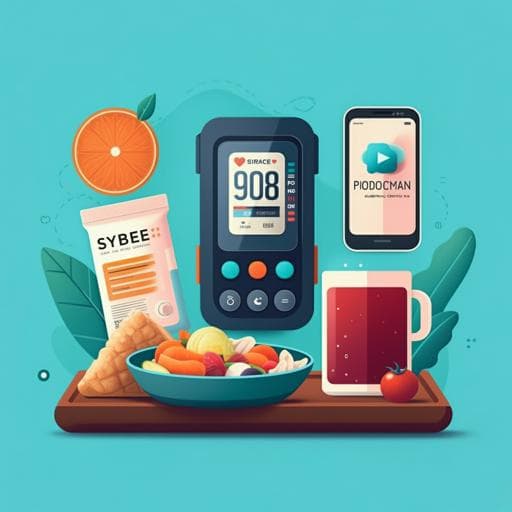
Medicine and Health
Consumption of home-prepared meal at workplace as a predictor of glycated haemoglobin among people with type 2 diabetes in Hong Kong: a mixed-methods study
H. H. Y. Hung, E. Y. Y. Chan, et al.
This innovative study explores how workplace eating habits impact glycemic control in type 2 diabetic patients in Hong Kong. The findings highlight the advantages of consuming home-prepared meals at work, linking them to lower HbA1c levels. Join researchers Heidi H. Y. Hung, Emily Ying Yang Chan, Elaine Chow, Shuk-yun Leung, Francisco Tsz Tsun Lai, and Eng-kiong Yeoh as they unveil the potential for dietary changes to improve health outcomes in a work environment.
~3 min • Beginner • English
Related Publications
Explore these studies to deepen your understanding of the subject.







